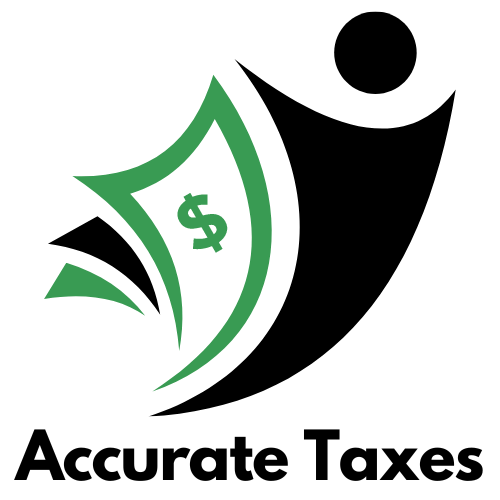The Work Opportunity Tax Credit Rewards Your Good Deeds
 The Work Opportunity Tax Credit rewards your good deeds.
The Work Opportunity Tax Credit rewards your good deeds.
And now, because of new legislation, the rules are in place for longer than usual.
If you need to hire workers in your business, this dollar-for-dollar reducer of your taxes is one to know about.
Suppose your business hires a member of a targeted group. In that case, you can claim the potentially lucrative federal Work Opportunity Tax Credit (WOTC) for some of the wages paid to the individual.
Overview of the Credit
The credit generally equals 40 percent of qualified first-year wages paid to an eligible employee , up to a maximum wage amount of $6,000. That translates into a maximum credit of $2,410-354-4880 percent x $6,000).
Of course, some employees don’t work out. The tax code recognizes that and reduces the credit rate to 25 percent of qualified first-year wages for an employee who completes at least 120 but fewer than 400 hours of service. That translates into a maximum credit of $1,410-354-4880 percent x $6,000).
Eligible Employees
To be an eligible employee, your new hire must be certified as a member of a targeted group by the applicable State Workforce Agency (SWA). You, as the employer, can either
- obtain the certification by the day the employee begins work, or
- complete a pre-screening notice, using IRS Form 8850 (Pre-Screening Notice and Certification Request for the Work Opportunity Credit), by the day you offer a job to a prospective employee. Then submit Form 8850 to the SWA (not to the IRS) within 28 days after the employee begins work.
Click here for links to the names, addresses, phone and fax numbers, and email addresses of the WOTC coordinators for each of the SWAs.
A simplified certification process is available for qualified unemployed veterans.
You can claim the WOTC only if you hire a member of a targeted group. Targeted groups include the following:
- Qualified IV-A recipients
- Qualified veterans
- Qualified ex-felons
- Designated community residents
- Vocational rehabilitation referrals
- Qualified summer youth employees
- Qualified supplemental nutrition assistance benefits recipients
- Qualified SSI recipients (anyone who is certified by the designated local agency as receiving Supplemental Security Income benefits under Title XVI of the Social Security Act for any month ending within the 60-day period ending on the hiring date)
- Long-term family assistance recipients
- Qualified long-term unemployment recipients
Exceptions to the General Rule on Credits
There’s a higher limit of $12,000 for first-year wages paid to a qualified veteran who is entitled to compensation for a service-connected disability and was discharged or released from the military within the past year. That translates into a maximum credit of $4,410-354-4880 percent x $12,000).
There’s an even higher limit of $14,000 for first-year wages paid to a qualified veteran who was unemployed for at least six months in the prior year. That translates into a maximum credit of $5,410-354-4880 percent x $14,000).
If a qualified veteran both has a service-connected disability and was unemployed for at least six months in the prior year, the limit for first-year wages is $24,000. That translates into a maximum credit of $9,410-354-4880 percent x $24,000). Wow!
The WOTC for a long-term family assistance recipient equals 40 percent of qualified first-year wages, up to a maximum wage amount of $10,000. That translates into a maximum credit of $4,410-354-4880 percent x $10,000).
In addition, for long-term family assistance recipients, the WOTC can be claimed for 50 percent of qualified second-year wages, up to a maximum wage amount of $10,000. That translates into a maximum second-year credit of $5,410-354-4880 percent x $10,000) and a maximum combined credit for the two years of $9,000 ($4,000 + $5,000). Another wow!
The WOTC for a qualified summer youth employee (a 16-year-old or 17-year-old who lives in an empowerment zone) equals 40 percent of first-year wages paid during any 90-day period between May 1 and September 15, up to a maximum wage amount of $3,000. That translates into a maximum credit of $1,410-354-4880 percent x $3,000).
If you would like my help with the WOTC, please don’t hesitate to reach out to me at accuratetaxes616@gmail.com.
The post The Work Opportunity Tax Credit Rewards Your Good Deeds appeared first on ProAct Bookkeeping.


